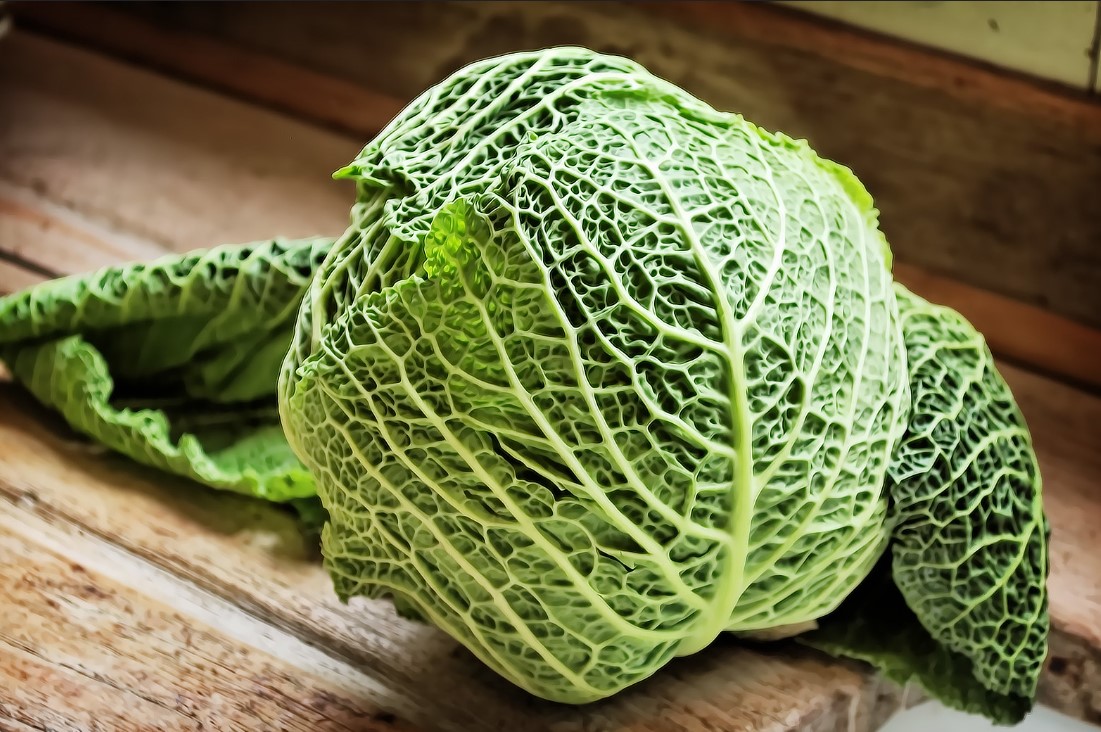Green cabbage, also known as Brassica oleracea var. capitata, is a popular vegetable known for its versatility and health benefits. It's a rich source of vitamins C and K, fiber, and antioxidants, which can help boost the immune system, improve digestion, and reduce inflammation. Whether you're a seasoned gardener or a beginner, growing green cabbage can be a rewarding experience.
Health Benefits
Green cabbage is packed with nutrients that contribute to overall health:
- Vitamin C: Supports the immune system and promotes healthy skin.
- Vitamin K: Essential for blood clotting and bone health.
- Fiber: Aids in digestion and helps maintain a healthy weight.
- Antioxidants: Protect cells from damage and reduce the risk of chronic diseases.

Planting Green Cabbage
Soil Requirements
Green cabbage thrives in well-drained, fertile soil with a pH between 6.0 and 6.8. To prepare your soil, incorporate plenty of organic matter such as compost or well-rotted manure to improve soil structure and fertility.
Fertilization Requirements
Cabbage is a heavy feeder and benefits from a balanced fertilization plan. Before planting, enrich the soil with a complete fertilizer high in nitrogen (N), phosphorus (P), and potassium (K). A typical recommendation is to use a 10-10-10 NPK fertilizer. Additionally, side-dress the plants with nitrogen-rich fertilizer during the growing season to promote leafy growth.
When to Plant
Green cabbage can be grown in both spring and fall. For a spring crop, start seeds indoors 6-8 weeks before the last expected frost date and transplant seedlings outdoors 2-3 weeks before the last frost. For a fall crop, sow seeds directly in the garden or start indoors and transplant 6-8 weeks before the first expected frost.
When to Harvest
Cabbage is ready to harvest when the heads are firm and feel solid to the touch. Depending on the variety, this usually occurs 70-100 days after planting. Use a sharp knife to cut the heads from the plant, leaving the outer leaves and stem intact to encourage further growth or a second smaller harvest.
Companion Plants
Green cabbage benefits from companion planting with:
- Herbs: Such as dill, rosemary, and sage, which can repel pests.
- Legumes: Like beans and peas, which fix nitrogen in the soil.
- Onions and garlic: Which can deter pests with their strong smell.
Avoid planting cabbage near tomatoes, strawberries, and pole beans, as they can hinder its growth.
Pest Management
Cabbage is susceptible to various pests, including cabbage worms, aphids, and slugs. Here are some pest management tips:
- Crop rotation: Rotate crops each season to prevent soil-borne diseases and pests.
- Floating row covers: Protect young plants from pests by covering them with lightweight fabric.
- Handpicking: Regularly inspect plants and remove pests by hand.
- Natural predators: Encourage beneficial insects like ladybugs and parasitic wasps that prey on cabbage pests.

Summary
Growing green cabbage can be a fulfilling gardening endeavor that yields nutritious and delicious results. By understanding and meeting its soil, fertilization, and planting requirements, and by managing pests effectively, you can enjoy a bountiful cabbage harvest. With its numerous health benefits and culinary versatility, green cabbage is a valuable addition to any home garden.
